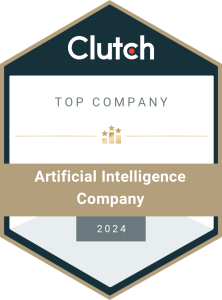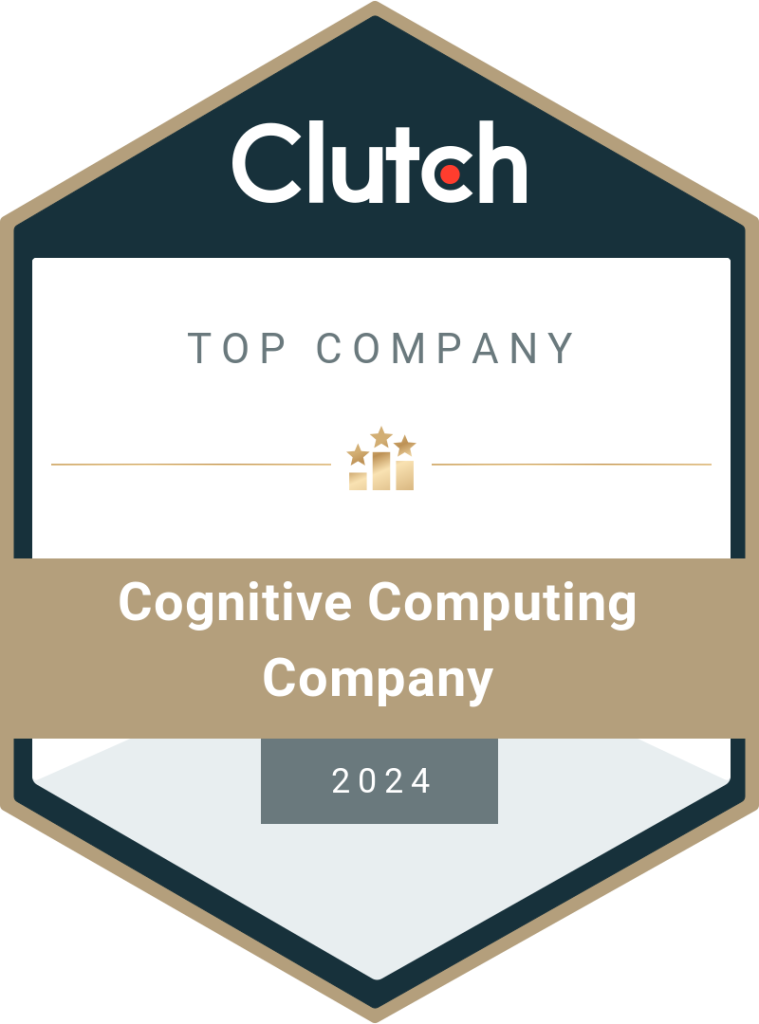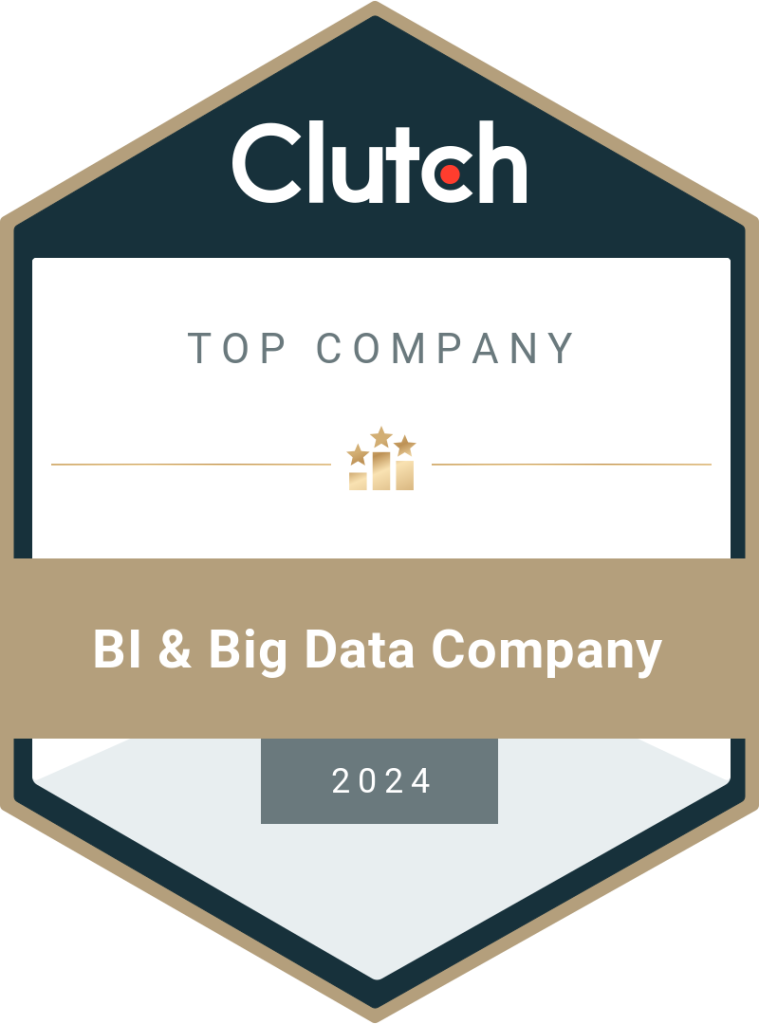Marketing Analytics: The Secret To Your Business Success
Monitoring websites to track the success of a business is a culture and has since become a practice. It is usually interpreted that if the graph is good, the business is on the road to success and this somehow leads to significant aspects being neglected. Now, you must be wondering why so? This is a fact though, that simply by analyzing your website, you might just never be able to reach potential leads or evaluate the conversion rate of your potential customers or maybe even understand what is actually desired of your product to fulfill the demands of the market. Marketing analytics fills in the blank here and is the answer to all the forecasting you have been doing to date based on the evidence only. Implementing marketing analytics is what is to be learned now. When it comes to analytics there are people who will behave as if it doesn’t matter. But it sure does. Smart people across the globe are investing in this science so as to improve campaigns and gain insights. Data from HBR (2015) shows various ways in which marketing analytics is being used by different companies. Given the importance of marketing analytics for business growth, let me take you through it so we can see if it actually does matter to make it a part of your everyday business operations. Customer Behaviour Prediction: The key to all questions Prediction of customer behavior has been a significant part of major e-commerce firms like e-bay and Amazon. It gives them an edge over other businesses and allows them to predict the demands and needs that may arise in the future. According to a Silicon Valley-based predictive marketing company, AgilOne, these three principal classes of predictive models are recognized: Segmentation models Algorithms for grouping customers on basis of factors like the type of products they buy or the amount of money they spend etc. Prediction models Insights like customer conversion ratio (the number of people who visited the website to the ones who got influenced by the marketing campaign and bought products from the company), the likelihood of engagement, propensity to churn, the probability to buy etc. are derived from these models. Prediction models built on customer analytics can make a significant impact on any business. Recommendation models Offering recommendations about the product that the customers may like depending upon their previous purchases. All these models collectively utilize all the data from the present as well as the past and transform it into useful insights allowing businesses to improve in lucrative terms like sales and the RoI (return on investment). Prioritize and Qualify Leads Ranking your leads based on the likelihood of the actions they might end up taking is another front marketing analytics could help you peep into. This further assists in identifying prospects with similar attributes. The leads thus generated become prospects that can be turned into permanent customers. In this scenario, it is important to consider that, to generate optimum results a large number of data sets are needed. This gives bigger firms an edge over the ones that might not own such huge data quantities, by improving their return on investment. But with the right approach and help, smaller industries may also be able to gain this insight as per their needs. Driving Better Products in Market To launch a product that will suit the present demands and patterns of the market, a deep and well-predicted insight is a must. Again, marketing analytics is the answer here, the predictive algorithms allow the companies to improve the new product based on customer data piled up while taking sales and feedbacks into consideration. All these factors integrate to form a part of the bigger marketing strategy and allow the business to enhance its earnings. Creating Better Marketing Campaigns We all are proof that marketing campaigns via emails or social media allow the firms to improve their customer base. Marketing analytics gives companies the power to monitor and optimize these campaigns so that sales and ROI can see growth. The integrated tools and techniques help rule out the lacuna that might hamper the campaigns and their implementation as decided. Also, it becomes possible to monitor the current outcome of any campaign, whether it works properly or needs to be altered for the future. Taking Wiser Decisions A company may find out that digital, print, TV and radio marketing takes up around 85% of its market spending. Now amongst these many of the activities can be directly measured but spending on digital marketing can be refined using marketing analytics tools. The company can then use the results to optimize its strategy. Using these types of approaches allows the marketers to track marketing performance on real-time marketing analytics metrics and make wiser decisions for its better implementation. How Is Data Analytics Used in Marketing? Data analytics helps the marketing teams to combine structured and unstructured data and derive real-time insights about customer behavior, purchase patterns, sales graph, market trends, and more. It helps enterprises with the following: Customer Acquisition A study said that 42% of marketers use data analytics to make decisions about customer acquisition. Customer acquisition is a technique of winning new customers and convincing them to buy the products by the brand. The process includes several stages and is represented in a funnel-shaped design. It consists of targeted promotions to reach prospective customers and then provide them with relevant information to spark interest. Attracting the audience, engaging them through promotional material, convincing them to buy, and keeping them happy with customer service can be called the customer acquisition flywheel. Data analytics helps marketers by providing actionable insights to attract customers. Customer Insight Customer insight is the process of understanding and interpreting the purchase behavior of customers. This helps in knowing which products are more popular and why. Businesses can suggest products to customers based on customer insight and increase sales. Data analytics processes the unstructured data from the World Wide Web to share reports and data visuals about customers’ preferences.
Read More





